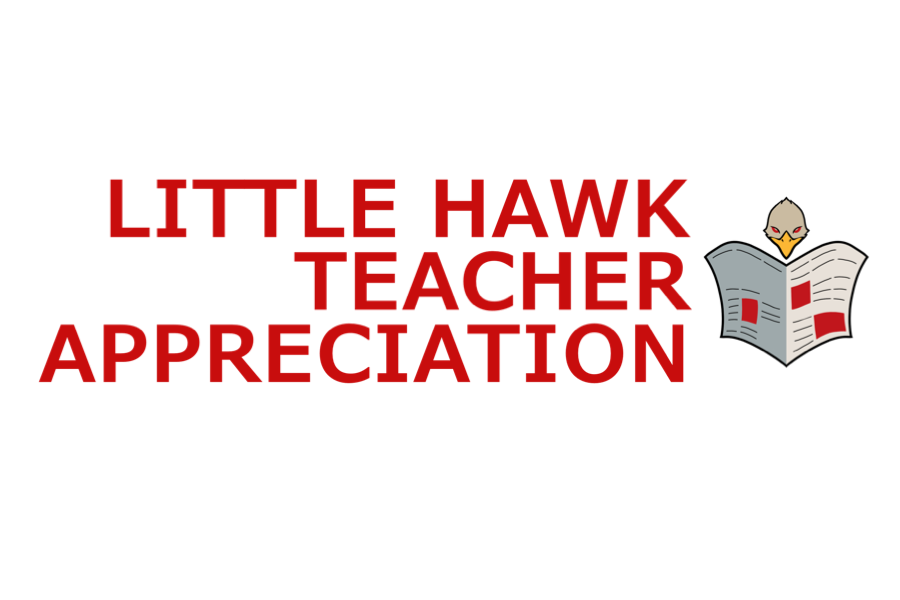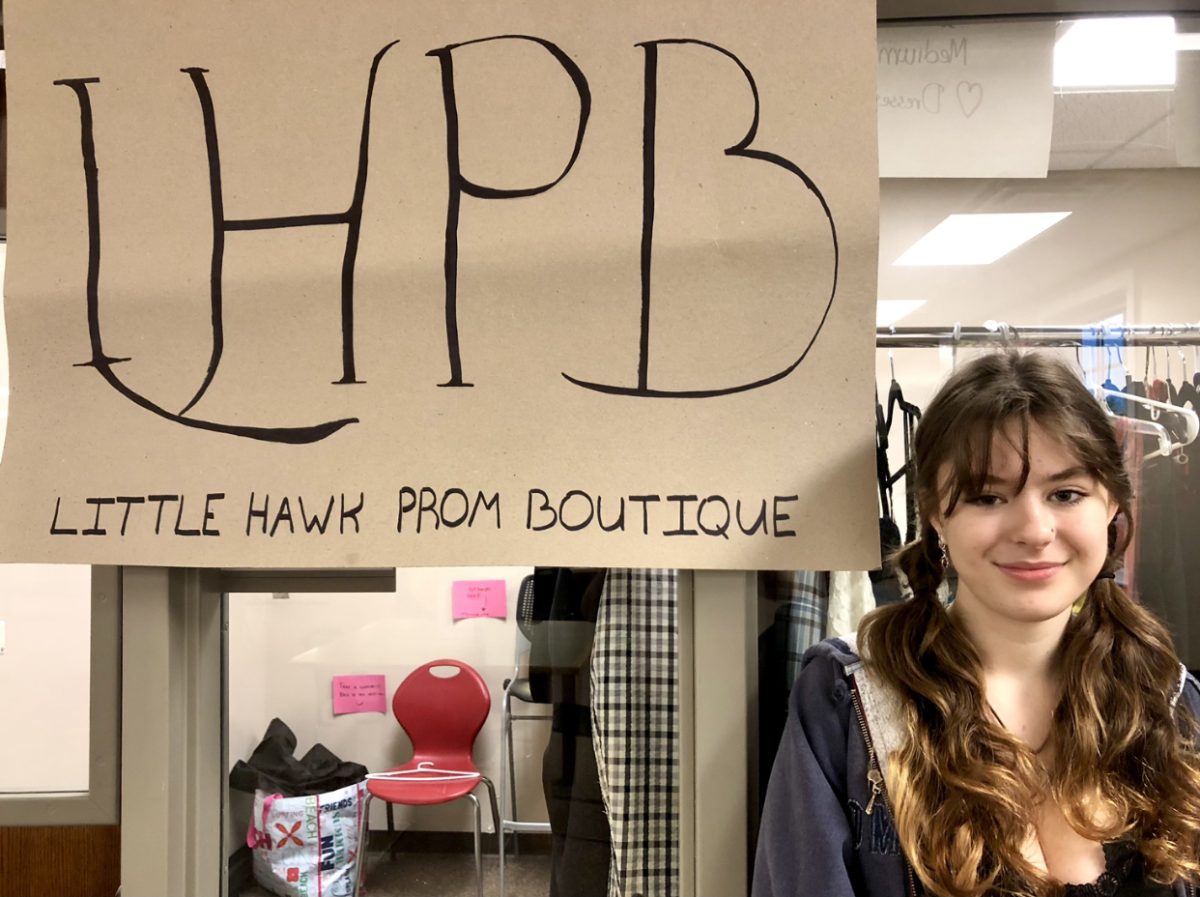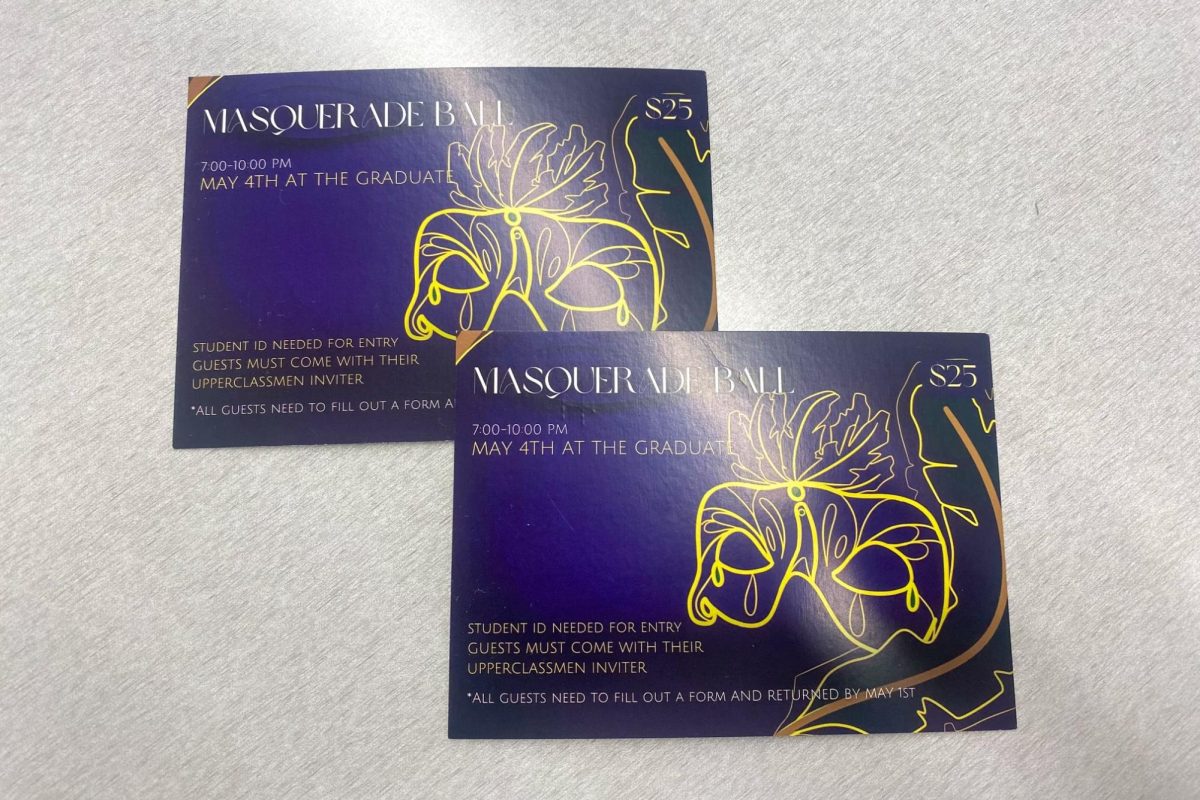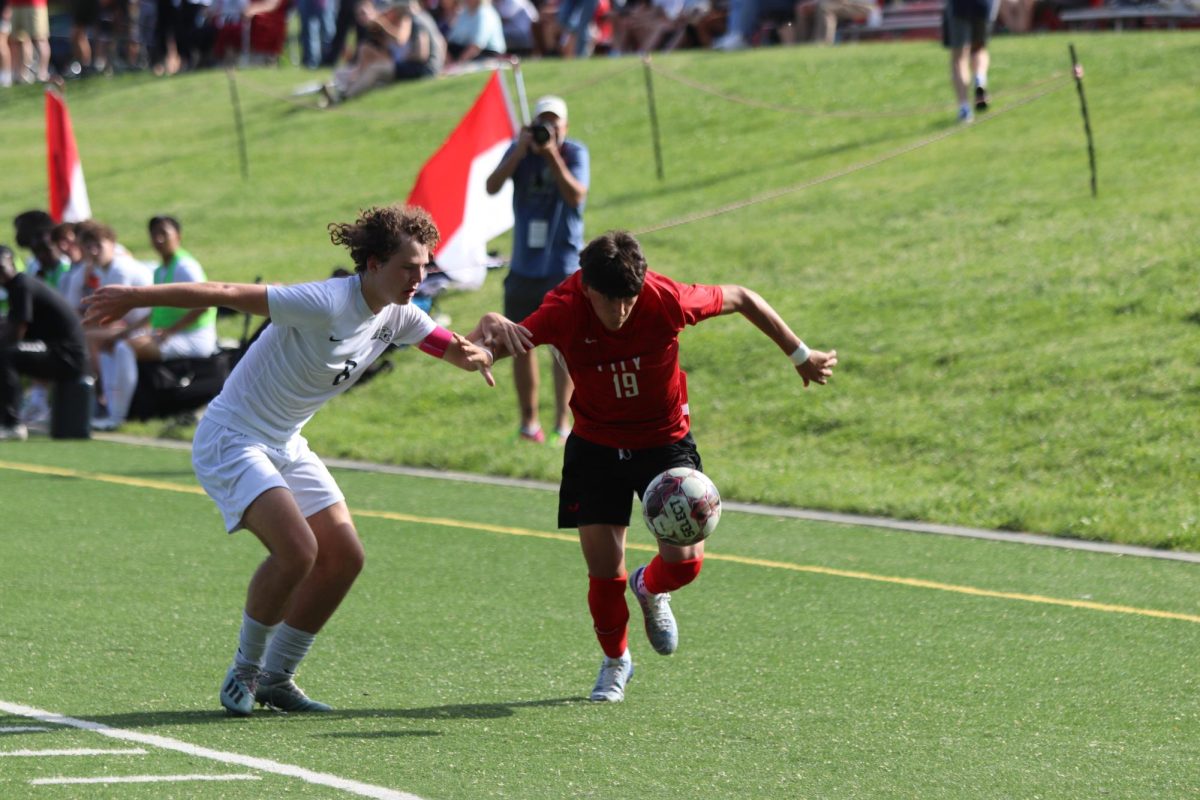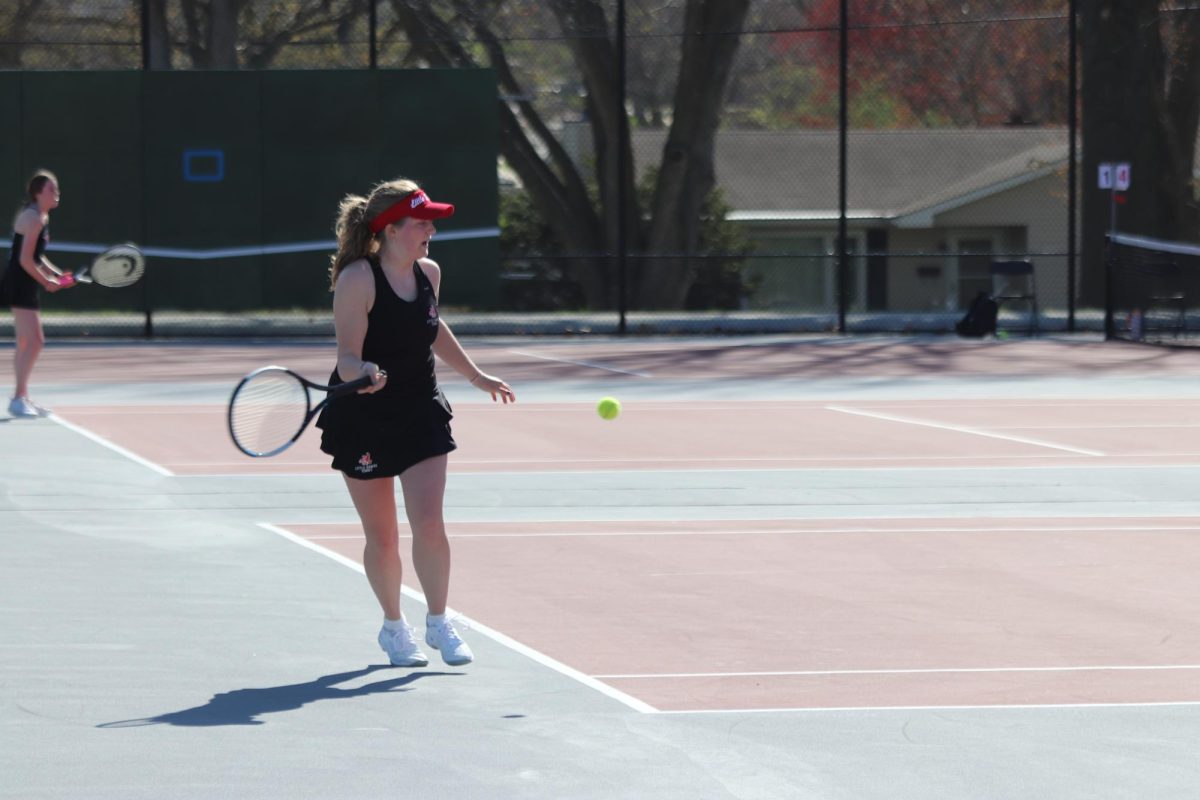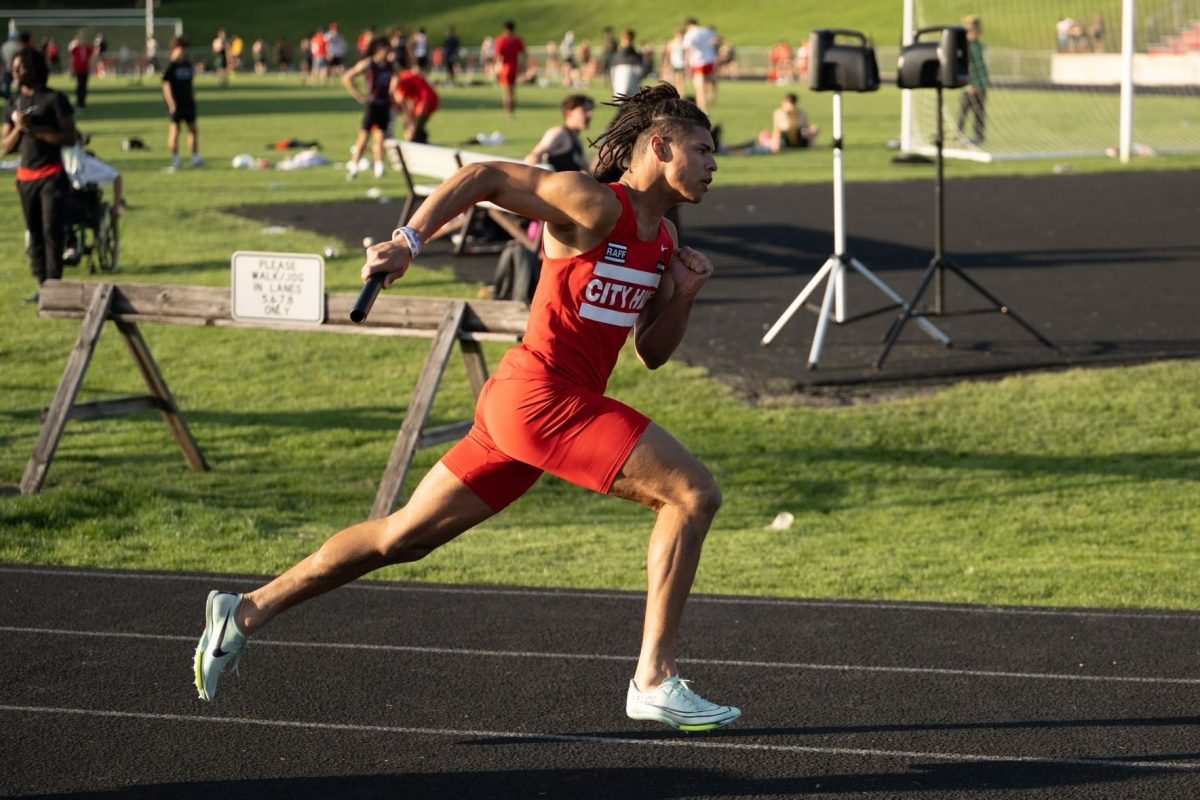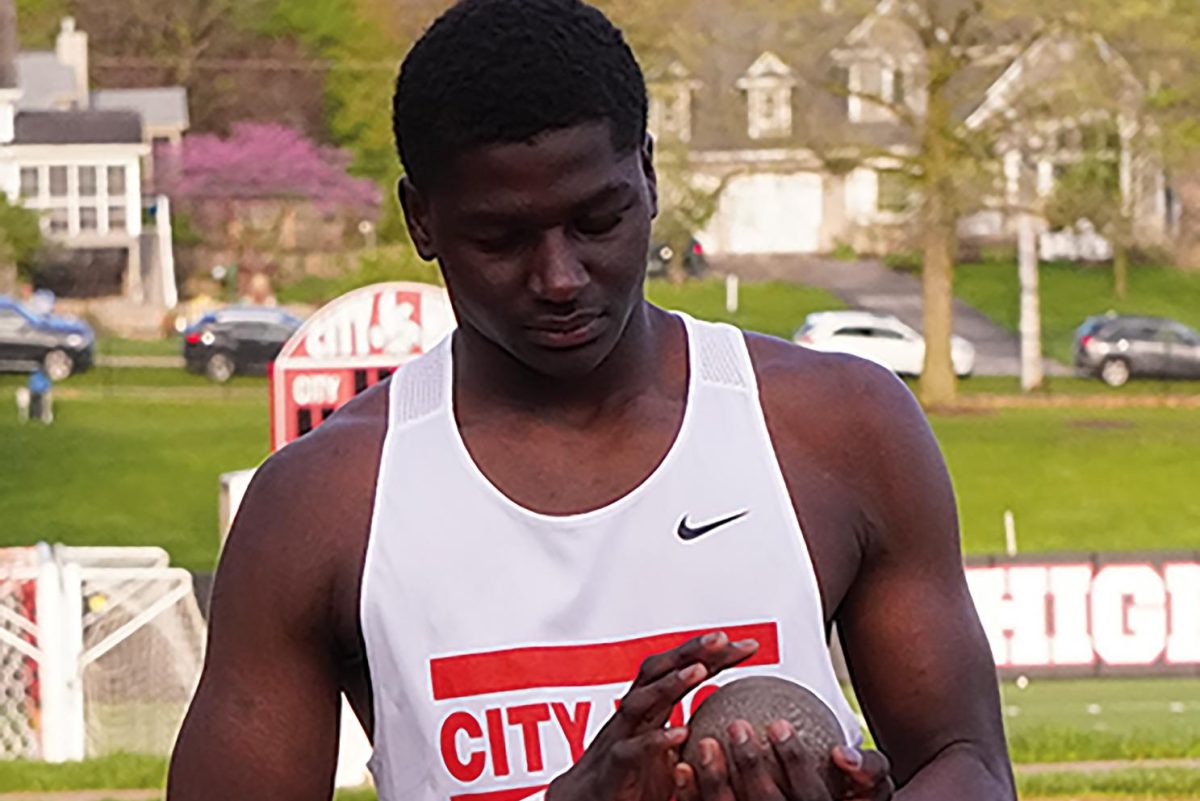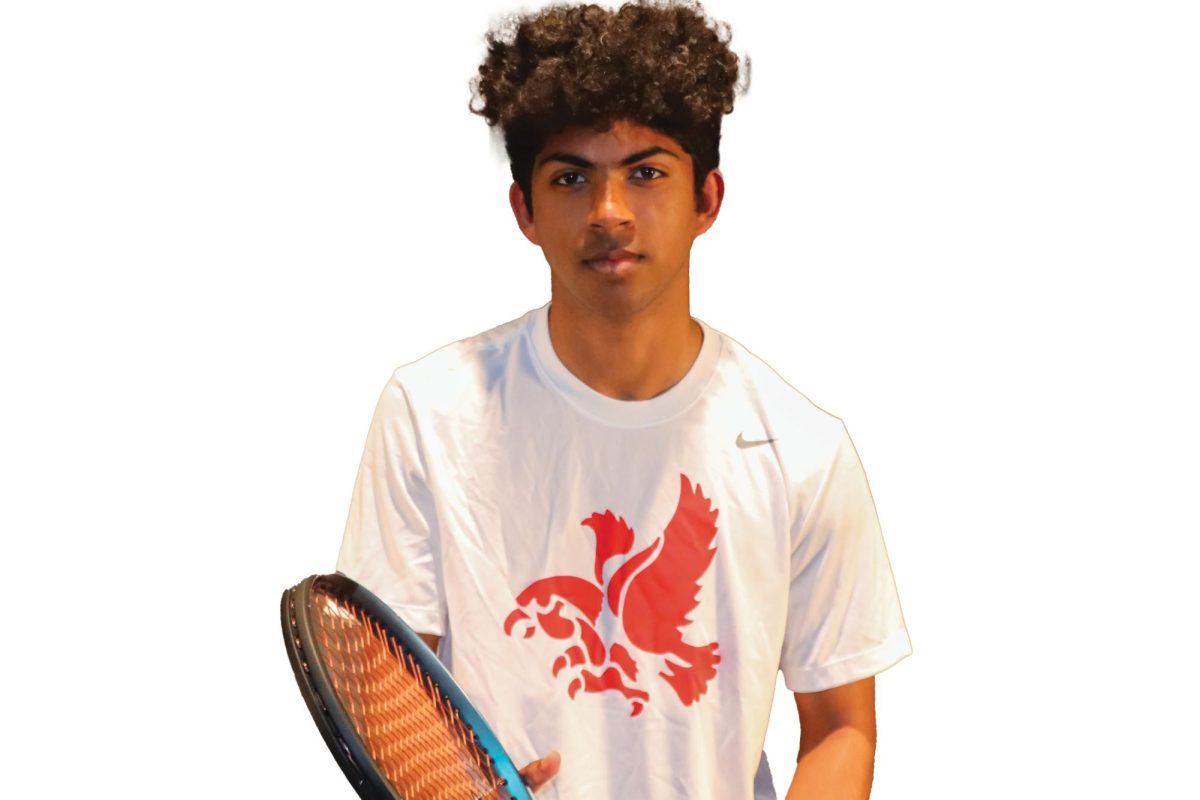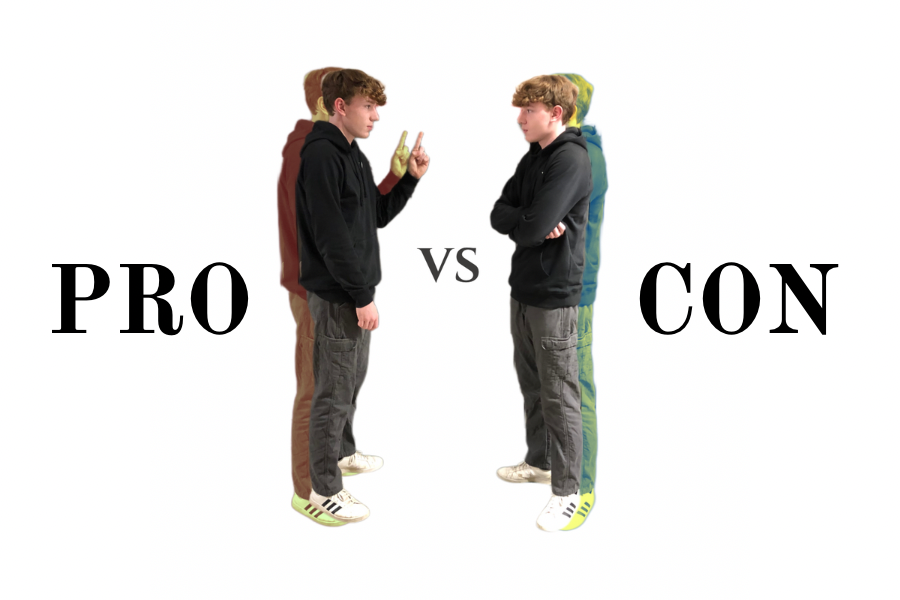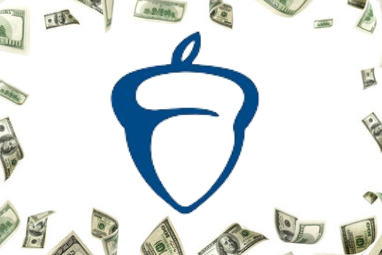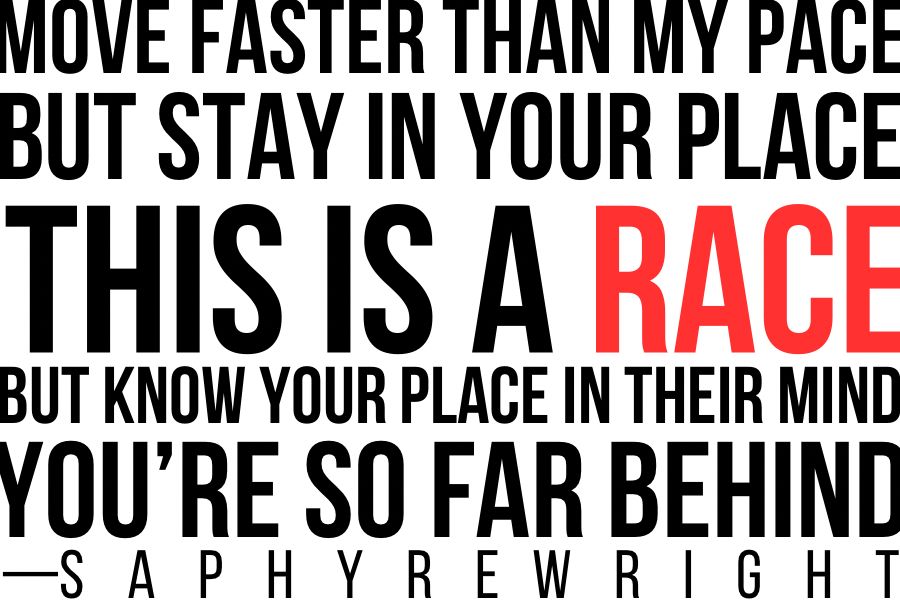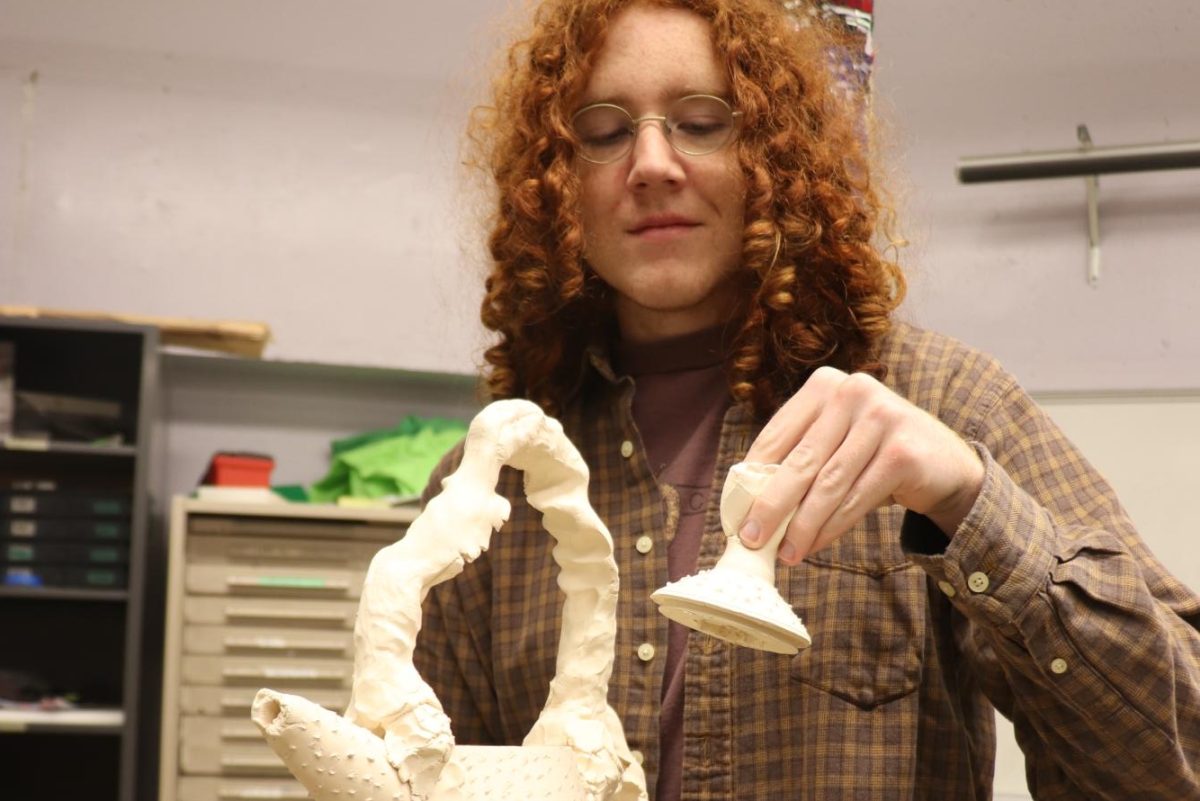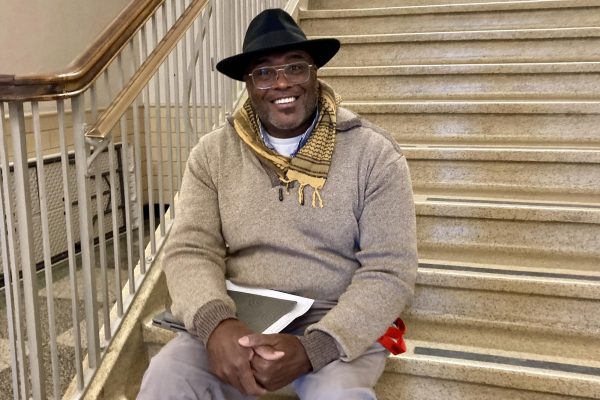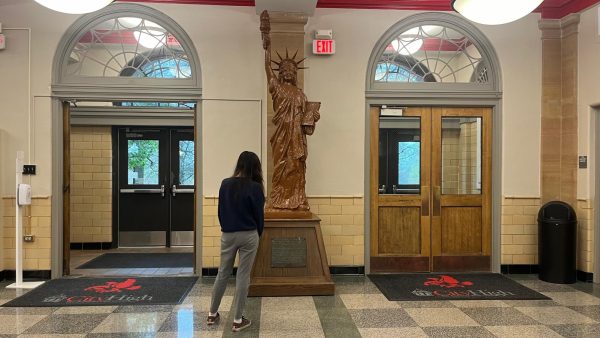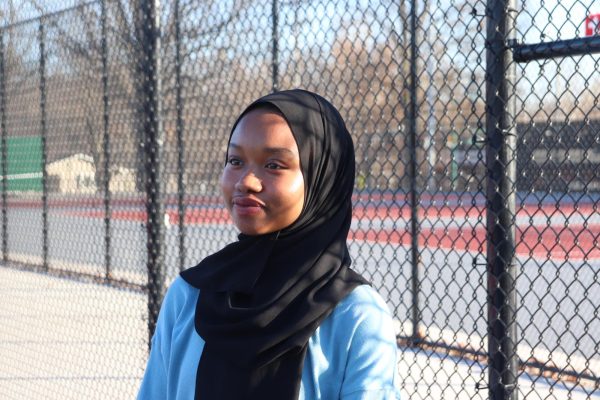Test Drive Your Future Career: Job Shadowing
Oftentimes choosing what job to pursue is more difficult than it seems
May 16, 2022
What do you want to do when you graduate? This is one of the questions that almost every person has heard during their time in high school. A survey done by researchers from multinational professional service network Ernst & Young and global nonprofit Junior Achievement found that 91% of students in the age range of 13-17 have one “dream job.” Despite this, the United States Bureau of Labor Statistics estimates that the average American will hold 12 jobs during their lifetime. And more, Apollo Technical, an IT staffing agency, estimates that during those 12 jobs, 29% of Americans will switch career paths.
This difference between the aspirations of high school students and the reality of the workplace can be caused by many factors. However, one particular factor that is often overlooked is that people don’t know what they’re getting themselves into when picking a career path. When choosing a career, the United States Bureau of Labor Statistics recommends that you follow your interests, and do research on that job. Still, research isn’t always enough. People don’t get the feel of what day to day life is like for a career just by looking at words on a page.
That is where job shadowing comes in. Job shadowing provides an experience where students or community members are able to watch a professional do their job for a short period of time, ranging from a few hours to a few days. This helps an inexperienced person gain experience in the field. Job shadowing is usually done during the high school or college years. This gives the student a more accurate impression of what day-to-day life is like in the job which interests them.
“Job shadows [are] kind of nice to take what you’re learning in your classroom, and take it out into the real world,” said Carole Hebl, the program coordinator and business liaison of the Workplace Learning Connections at Kirkwood Community College.
Job shadowing usually involves following one specific job. However, early in high school, students often don’t have an idea of a specific career or job they want to pursue. This is often seen as a barrier both for students and guidance counselors in recommending appropriate job shadows. For example, my older sister asked for a general engineering job shadow and ended up in a large group introductory session. On the other hand, I asked for a specific job and ended up learning a lot about the actual day-to-day activities of the job I was shadowing.
There are many ways to help students to get more specific job shadows. For example, aptitude tests can be used to match students with potential jobs. Participants may end up in jobs they may not otherwise have expected, but if they are willing to give these jobs a chance, they may learn something new about themselves or the position. Also, guidance counselors and teachers can be used as resources to help show students jobs at which they might be interested in taking a closer look.
A job shadow that is too broad can run the risk of only providing information that a student could easily have looked up. This is why I believe it is better to get a more specific job shadow that allows a student to follow one specific job. There, the student will get a good understanding of that job, as well as insight into a career field they may not have been previously considering.
Students are very busy, and often don’t think about job shadows until late into their high school careers. Students undecided about their career choice, or students still weighing their options, would benefit from starting job shadows earlier, including as early as freshman year. This would allow them to explore interests as they come up, and explore more throughout high school. At City High there are many opportunities to learn about jobs including formal job shadows. Learning about future careers includes but is not limited to job shadows offered through Kirkwood, the iJAG Program, and other vocationally oriented classes.
“There are so many people in Iowa City that are doing amazing things, and if you can, as a 16-17 year old kid, come meet somebody and make an impression on somebody in the field that you may be interested in,” said Russ Johnson, the career coordinator for the Iowa City Community School District.
Overall, job shadowing is a great experience for everyone to try. You learn both about yourself and explore details of future job options, and I think more students should take advantage of this great opportunity.


